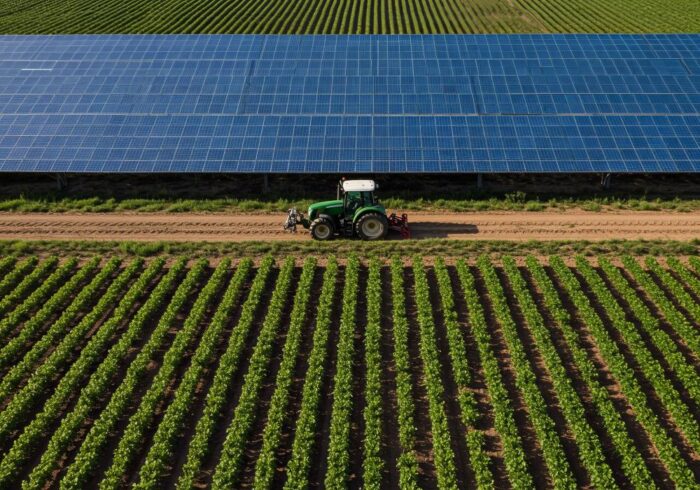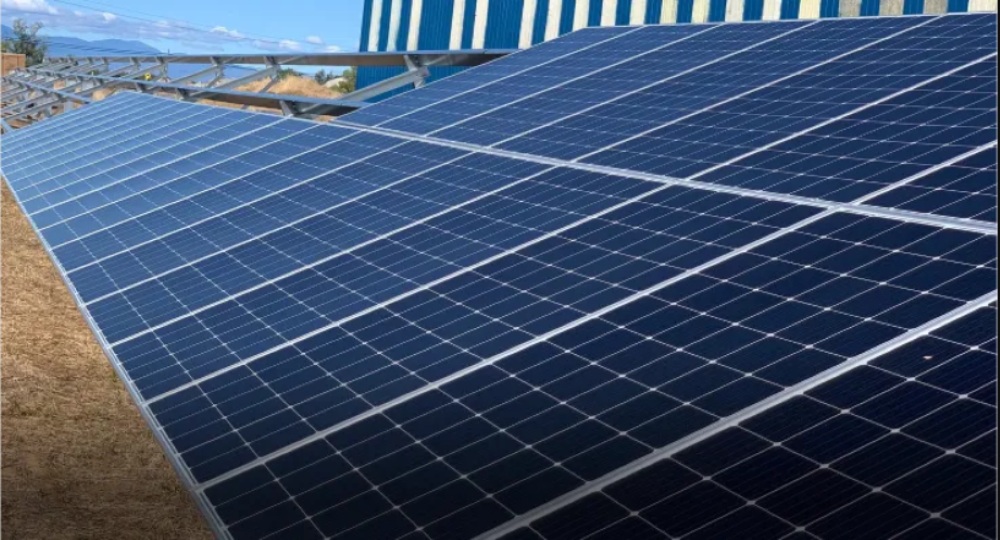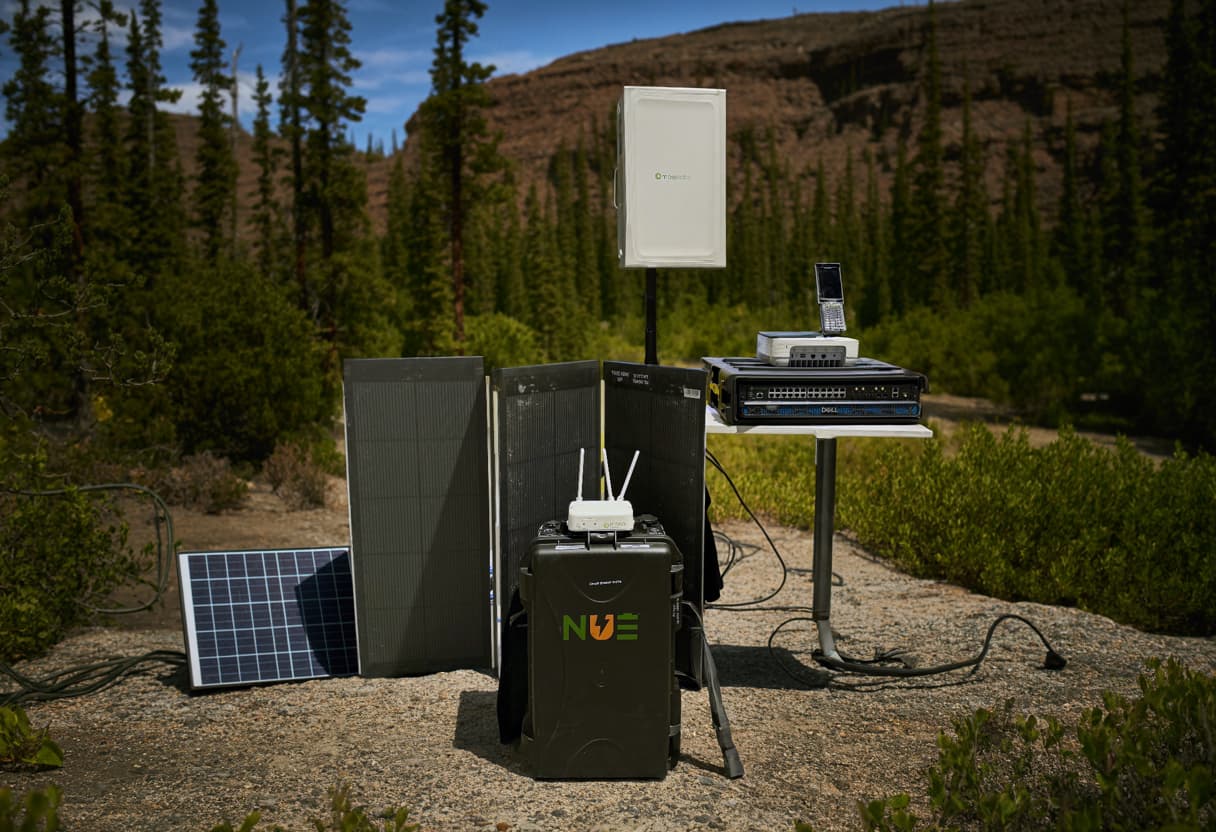Trump’s USDA shuts down REAP funding for solar to aid farmers

The Trump administration is putting limits on the Rural Energy for America Program (REAP), which helps farmers install solar arrays on their land.
The program has awarded around $1.2 billion in grants and $2.5 billion in loan guarantees for solar in rural areas nationwide since 2014, the vast majority of that on farms (the emerging agrivoltaics segment). Around 70% of the program’s funds have gone to solar projects over the last 10 years.
Now, those funds will be much harder for farmers to get.
The U.S. Department of Agriculture (USDA) will no longer fund taxpayer dollars for solar panels on productive farmland or allow solar panels manufactured by foreign adversaries to be used in USDA projects, according to a government statement.
“Our prime farmland should not be wasted and replaced with green new deal subsidized solar panels,” said U.S. Secretary of Agriculture Brooke L. Rollins. “It has been disheartening to see our beautiful farmland displaced by solar projects, especially in rural areas that have strong agricultural heritage.”
The decision will reduce energy subsidies and builds upon the repeal of and modifications to wind, solar, and other renewable energy tax credits in the One Big Beautiful Bill Act (OBBBA). It will further USDA’s determination to end taxpayer support for renewable energy sources that a department statement claims are “unaffordable and unreliable” and ensures the supply chain consists of U.S.-made products and manufacturing.
Effective immediately, USDA will implement the following programmatic actions:
- For the USDA Rural Development Business and Industry (B&I) Guaranteed Loan Program wind and solar projects are not eligible.
- For the USDA Rural Development Rural Energy for America Program Guaranteed Loan Program (REAP Guaranteed Loan Program), USDA will ensure that farmers, ranchers and producers using wind and solar energy sources will install units that are right-sized for their facilities. If project applications include ground-mount solar photovoltaic systems larger than 50 kW or ground-mount solar PV systems that cannot document historical energy usage, they will no longer be eligible for the REAP Guaranteed Loan Program, and priority points will no longer be given for REAP grants.
According to the Coalition for Community Solar Access (CCSA), the USDA decision “strips family farms and rural businesses of a critical source of support for clean energy.” The CCSA reports that REAP has “funded thousands of projects and delivered billions in rural economic development,” including more than $2.75 billion from 2023–2025 alone. Jeff Cramer, CEO and president of the CCSA, says that community solar can help pick up the slack with elimination of REAP funds.
“Farmers don’t want Washington telling them what they can and can’t do with their land. They want options,” said Jeff Cramer, CEO and president of the CCSA. “Community solar gives them that freedom, the ability to supplement farm income, keep working lands in production, and hedge against volatile markets. Where USDA REAP is being scaled back, community solar is stepping up, powered by private capital, embraced by state Farm Bureaus and rural communities, and delivering the freedom for farmers to decide what works best for them and their families,”
Community solar projects can give landowners the ability to lease small portions of their land for solar production while continuing to farm or graze livestock on the remaining land. With smaller projects, farmers can harness their underutilized or underperforming land for solar while farming the rest. Small community scale projects also allow for the use of agrivoltaics, which combines solar and traditional farming together, and is gaining traction nationwide as a way to combine clean energy production with food production, strengthen local economies, and keep farmland in active use.
The USDA’s effective cancellation of REAP underscores the urgency of scalable, shovel-ready alternatives. Community solar, fueled by private investment and state leadership, is already delivering results by keeping land in production, providing reliable lease income to farmers, and cutting energy bills for households and businesses.
“Federal cuts don’t change the reality on the ground,” Cramer said. “Community solar is working in 19 states across the country. It’s the kind of innovation farmers want, families need, and rural economies deserve.”





Comments are closed here.